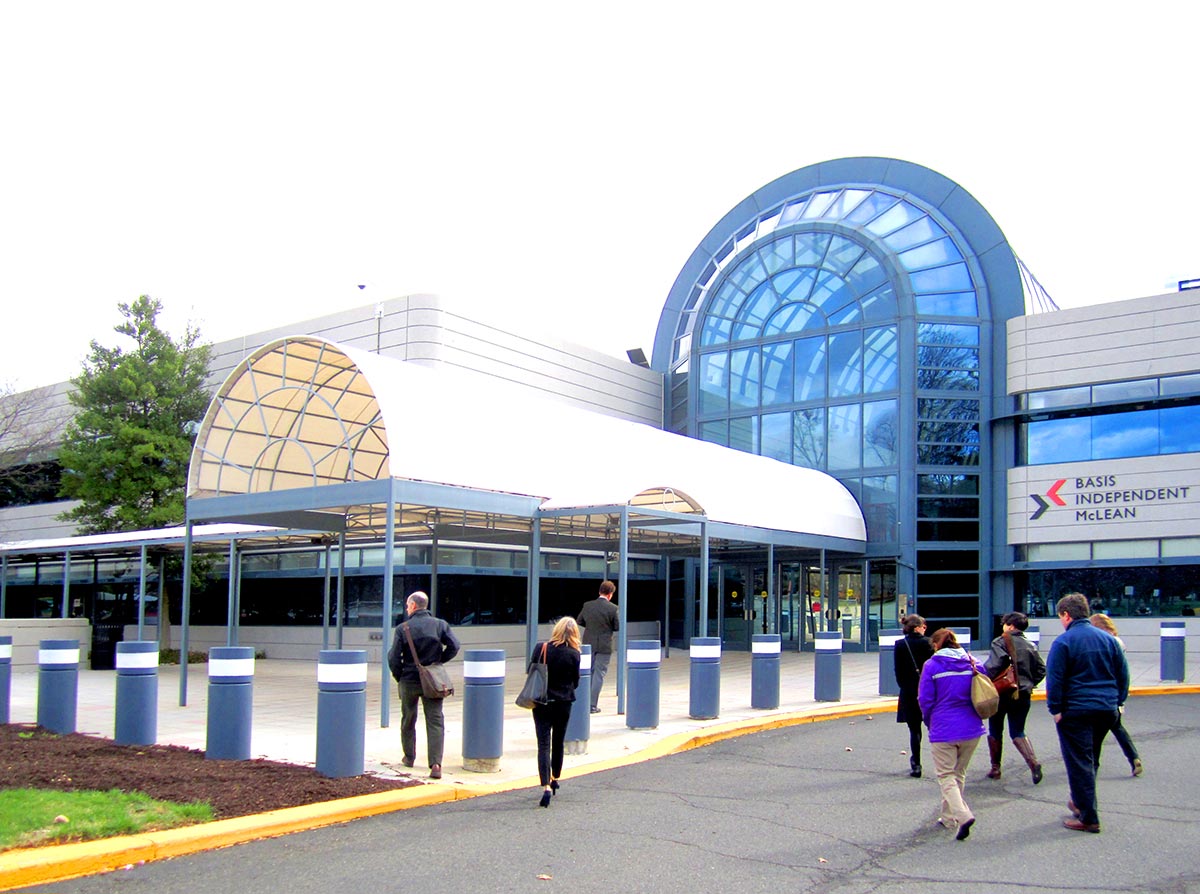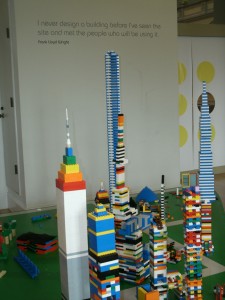
Changes in work patterns and population growth are leading to new types of schools
Walking past 8000 Jones Branch Drive in Tysons Corner, it is easy to assume that offices occupy this regular, three-story building. Entering its light filled atrium, however, does not reveal a corporate lobby or water cooler talk, but a gathering space where hundreds of chattering students dart between classes and engage in extracurricular activities. Welcome to Basis Independent School, a new type of center for learning.
Basis Independent is a private K-12 school that sits within the 120,000 square feet of this former Tysons Corner office building. This renovation project was designed by the DC architecture firm Perkins Eastman with Gilbane as the design-build partner. … Continue reading

